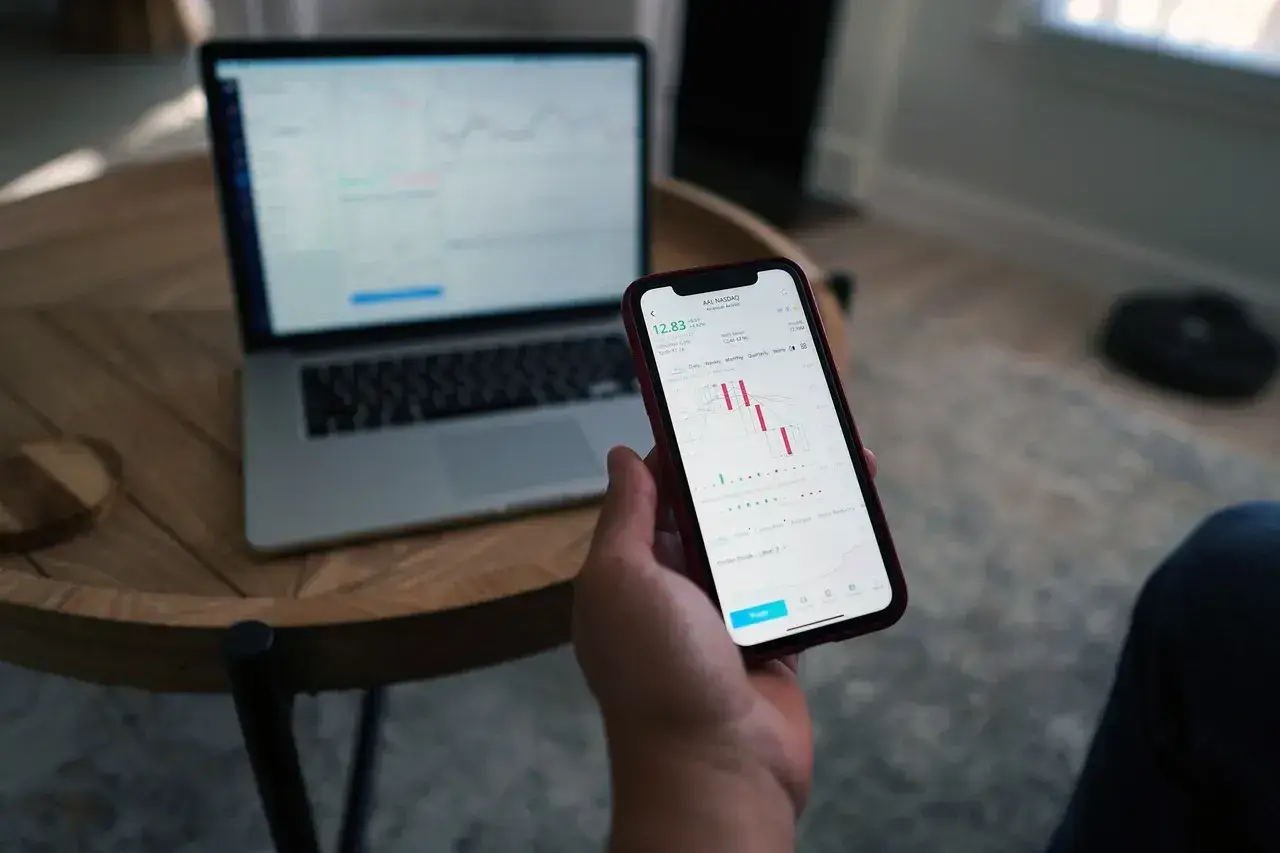Getting Started in Online Investing

The way investing is done is very different than in the past, and in the current digital world, that is only being amplified. With these tools, technologies, and information, even new investors can now have access to many global markets—and traders can trade from anywhere! Whether your goal is to build wealth, diversify your income, or simply learn about how markets work, online investing has made it easier than ever to get started with everything we talked about in this chapter.
This guide walks you through every essential step—from setting clear goals to using modern tools like an AI-powered trading platform or an Automated trading system—so you can start investing confidently and responsibly.
1. Clarify Your Financial Goals and Risk Appetite
Before you choose a broker or platform, take a moment to define your goals. Are you looking for short-term gains, long-term capital growth, or steady passive income? Your objectives will shape the type of Online investment platform and strategy you should use.
Knowing what to invest in is just as important as knowing what your risk tolerance is. Some traders have a conservative nature and want a portfolio with low volatility, while there are others who want to take some risk so they can earn some equity returns. After you have identified your own risk tolerance, you will be less likely to act out of emotion.
2. Choose a Reliable and User-Friendly CFD Trading Platform
Your trading journey starts with the right platform. A dependable CFD trading platform provides access to multiple markets—stocks, indices, forex, and commodities—under one account. Look for platforms that are transparent, easy to navigate, and offer educational tools for beginners.
Before opening an account, review factors like:
- Fee structure and spreads
- Availability of demo accounts for practice
- Customer support quality and response time
- Platform stability and mobile compatibility
These trusted trading platforms allow you to take multiple actions towards your investment and allow for convenience & security, whether you are investing or traders seem to trade.
3. Explore Automation and Copy Trading Options
Technology has also improved your investment experience, and has saved time and barriers to emotional bias. Just like one benefit technology has come to investing has been and is the emergence of Copy trading platform allowing investors the ability to copy or mimic (or even social) the investing behavior of a more established trader. You will have market exposure while being able to watch, learn, and observe how the experienced trader induces their strategy and management of risk, entry, etc.
Another efficient option is an automated trading system, which executes trades based on pre-programmed rules. Automation removes hesitation and ensures consistency—every decision is made by logic, not emotion. These systems can operate 24/7, making them ideal for those who can’t monitor the markets constantly.
Many of the new-age trading platforms have elements of both convenience and good experience. For example, many invest like technology has allowed a user of a platform to flip back and forth between copy trading and manual trading during a trade.
4. Backtesting and Performance Evaluation
Before risking real money, always test your approach. Most AI-powered trading platforms allow users to backtest strategies using historical data. This helps you verify whether your trading rules would have worked under different market conditions.
After backtesting has yielded positive results, it is time to conduct a forward-test of your strategy either with a demo or small live account. Forward-testing allows you to assess for differences between theoretical results gained from backtesting to applying it live. Moreover, documenting several key metrics such as drawdown, win/loss ratio, and trade duration will help you gauge the consistency of your performance.
5. Practice Strong Risk Management
Even the best strategy can fail without solid risk management. Professional traders focus less on chasing every profit and more on preserving their capital. Here’s how you can do the same:
- Set limits: Never risk more than a small percentage of your account balance on a single trade.
- Use stop losses: Protect yourself from unexpected volatility.
- Review regularly: Adjust your strategy as markets evolve.
- Diversify: Avoid putting all your funds into one asset or strategy.
By maintaining discipline and focusing on long-term results, you build resilience against the inevitable ups and downs of trading.
6. Build a Sustainable Investment Routine
Consistency is the name of the game. Think of trading as a skillset that takes time to develop; always aim for improvement—monitor your performance, learn from the results, and be sure to always learn more. Most successful traders don’t trade the most; instead, they plan, adapt and manage their emotional state as best they can.
An integrated online investment platform like Nu Mkts Trading helps simplify this journey. By combining manual control, automation, and analytics, it enables traders to operate efficiently and confidently, no matter their experience level.
Your Investing Takeaway
Online investing is no longer limited to professionals. With access to modern tools such as a CFD trading platform, Copy trading platform, and Automated trading system, anyone can start trading smarter and faster.
By developing clarity regarding your goals, testing and adjusting your strategy, and working with trusted technologies, you are able to move your investing process from hitting and missing into a disciplined, data driven investment process. Remember, the best traders do not predict; they prepare. Start small, and practice consistency and processes; leverage skills and passion into solutions and growth.
